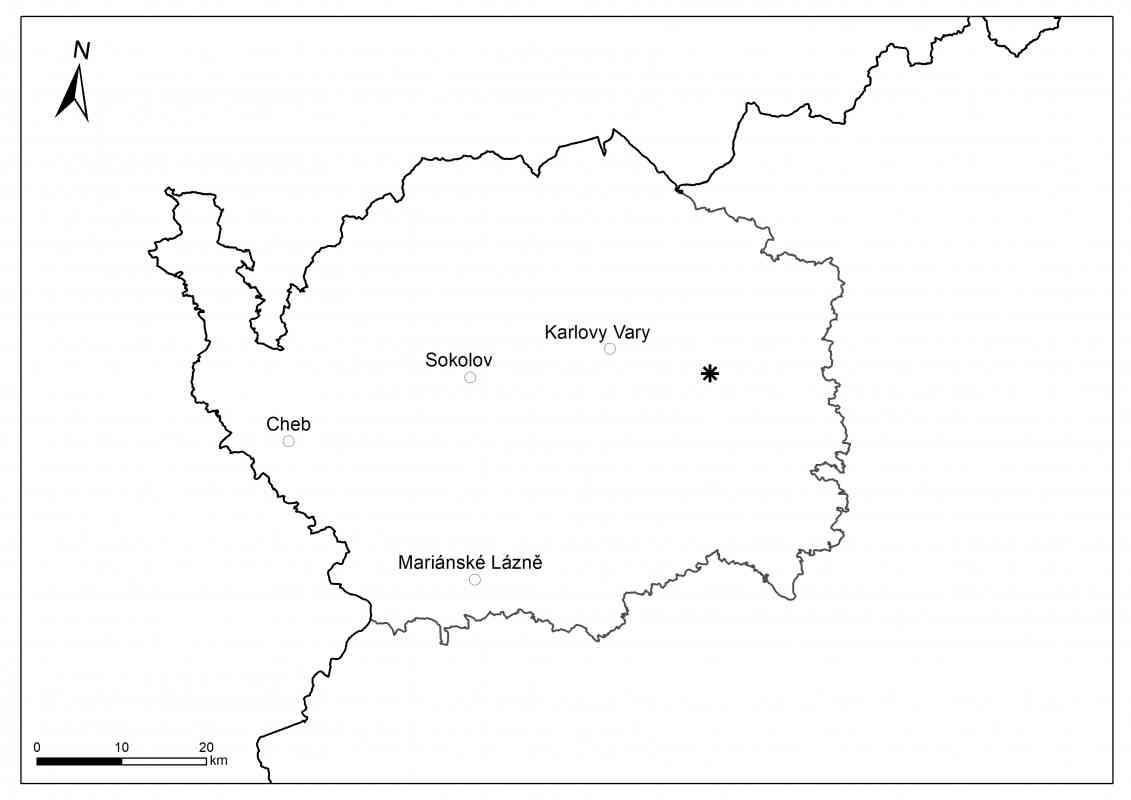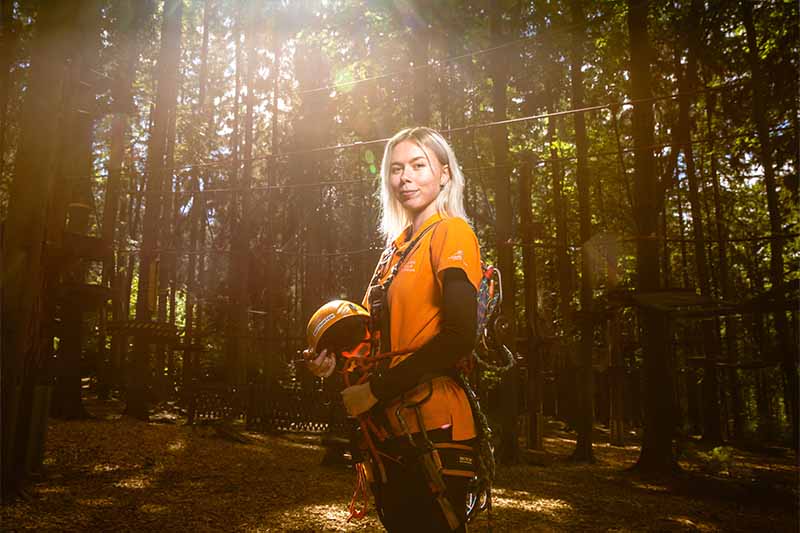Banded amphibolite
Amphibolite is a rock formed by the metamorphosis of mafic igneous rocks. The transformation takes place during moderate to high temperatures under a wide spectrum of pressures at depths of 10 to 30 km beneath Earth surface. The rock name refers to the mineral amphibole, which together with plagioclase, form the main constituent of this rock. The alternation of light-coloured plagioclase bands with dark amphibole bands gives the characteristic stripped appearance to the amphibolites. The sample shown here contains the mineral epidote leading to its classification as a banded epidote amphibolite.
Doupovské hory Mts. are known as a range formed by volcanic activity during the Cenozoic. Between and below the lava sequences, there are places where much older basement rocks can be seen. A suite of rocks consisting of amphibolites, eclogites, and serpentinites is exposed in the area of 4 hectares about two kilometres southeast of Lučiny village. This suite is similar to the Mariánské Lázně metabasite complex, exposed in the much larger area between Mariánské Lázně, Prameny, and Bochov. Both occurrences originated from metamorphosis of oceanic crust and lithosphere during collision of continents leading to Hercynian (Variscan) orogenesis.
Sample donated by Hradiště military training area.
Rock type
Locality
Age

Parkování Goethova vyhlídka
Zaparkovat můžete na přírodním parkovišti (16 míst) vzdáleném cca 300 m od vyhlídky. Dále na určených zpevněných plochách podél cest, kromě křižovatek, výhyben, odboček (nutné ponechat průjezd pro hasiče, záchranáře a kamiony se dřevem).
Parkovacích míst v letní sezóně většinou není dostatek. Doporučujeme využít autobusovou dopravu. Nejkratší možností přístupu je vyjít ze zastávky autobusů MHD č. 8 Hůrky asi 1,2 kilometru vzhůru Gogolovou stezkou.
Kavárna a rozhledna
- Pá
- 11:00 – 17:00
- So - Ne
- 10:00 – 17:00
Vstup na rozhlednu je možný pouze za příznivého počasí.
V případě dotazů nás prosím kontaktujte




